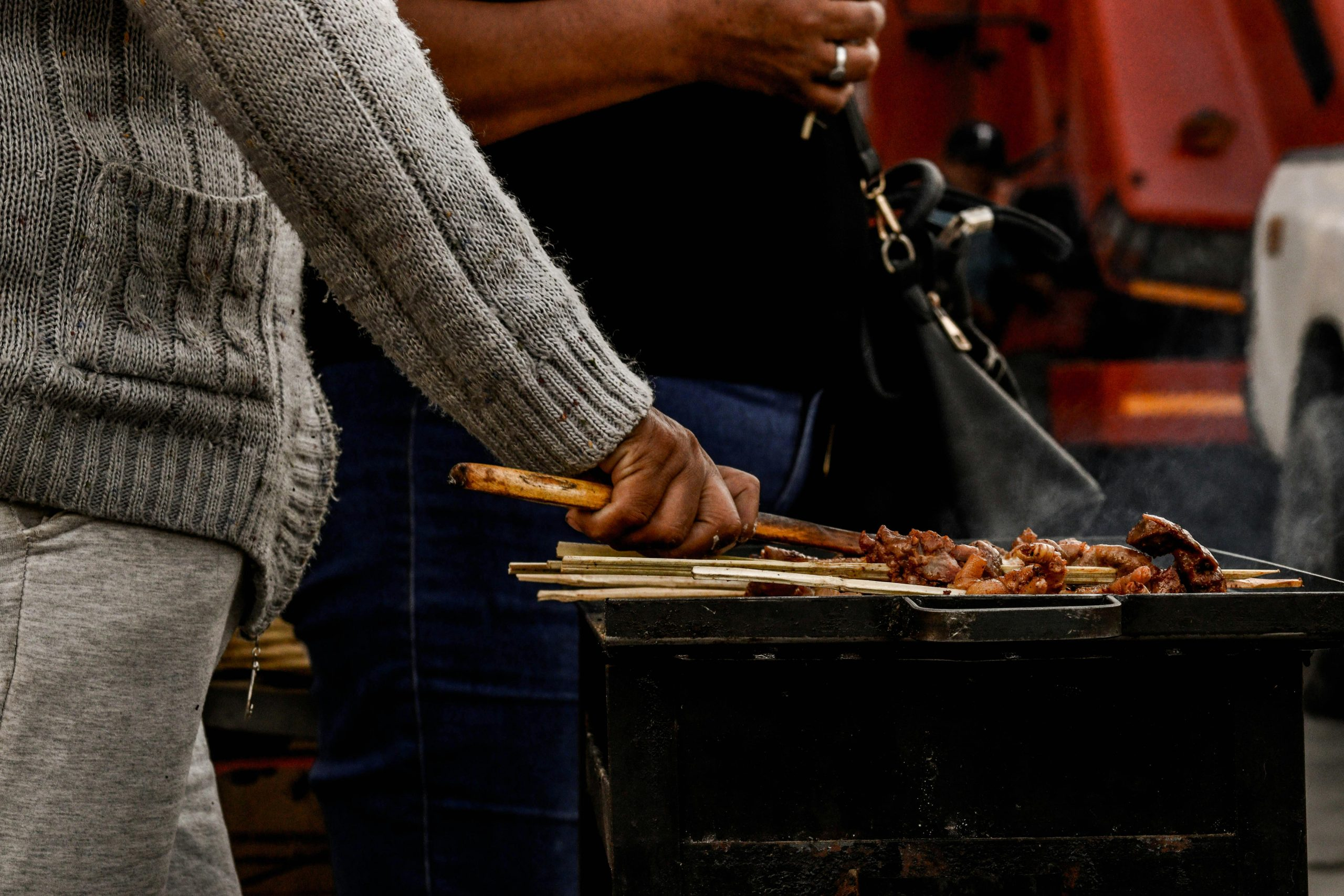Food Allergies and Cross-Contamination: Keeping Kitchens Safe for Everyone
Food allergies are a common concern for many individuals, and cross-contamination is an even greater worry. When it comes to food allergies, ingesting even the tiniest amount of the allergen can lead to a potentially life-threatening reaction. This is why it is crucial for those with food allergies to be vigilant about the food they consume, especially in public places like restaurants and cafeterias. In today’s society, where food allergies are on the rise, it is essential to understand the dangers of cross-contamination and how to keep kitchens safe for everyone.
The Dangers of Cross-Contamination
Cross-contamination occurs when a food allergen comes into contact with another food or surface, transferring the allergen and making it unsafe for someone with a food allergy. This can happen if a knife, cutting board, or cooking utensil is used for multiple foods, without being thoroughly cleaned in between. It can also occur when someone with a food allergy comes into contact with a surface or object that has touched an allergen, such as a door handle or table.
The consequences of cross-contamination can be severe, especially for those with severe food allergies. It can lead to an allergic reaction called anaphylaxis, which is a severe and potentially life-threatening allergic response. This can include symptoms such as difficulty breathing, swelling in the throat, and a sudden drop in blood pressure. If not treated promptly, anaphylaxis can be fatal.
Keeping Kitchens Safe for Everyone
Preventing cross-contamination in the kitchen is a vital step in ensuring the safety of those with food allergies. Whether you are cooking at home or in a restaurant, following proper procedures can help reduce the risk of cross-contamination. Here are some measures you can take to keep kitchens safe for everyone:
Separate Utensils and Surfaces
In a kitchen where multiple foods are being prepared, it is crucial to have designated utensils and surfaces for each food item. For example, use a different cutting board and knife for cutting vegetables than you would for cutting meat. This will prevent any allergens from being transferred and keep the food safe for those with allergies.
Wash Hands Frequently
Hands are the most common carriers of bacteria and allergens, which can easily be transferred through food preparation. Make sure to wash your hands frequently with soap and warm water before and after handling food. This is especially important if you have been in contact with a food allergen. Additionally, if you work in a restaurant, it is essential to have a handwashing policy in place and to train employees on proper handwashing techniques.
Read Labels Carefully
Reading labels is crucial for identifying potential allergens in food products. Make sure to read the ingredients list carefully, even if you have purchased a particular product before. Manufacturers can change the ingredients in their products without warning, and you may be unknowingly exposing yourself or others to potential allergens.
Communicate with Others
If you have a food allergy or someone in your household does, it is essential to communicate this with those around you. Whether you are dining at a restaurant or attending a social event, it is crucial to inform the staff or host of your allergies. This can help them take the necessary precautions to keep the food safe for you.
In Conclusion
Food allergies and cross-contamination are significant concerns and must be taken seriously. By following proper procedures and being diligent in the kitchen, we can help keep kitchens safe for everyone, especially those with food allergies. Whether you have a food allergy yourself or know someone who does, it is crucial to spread awareness and educate others on the importance of preventing cross-contamination. With proper measures in place, we can ensure a safer and more inclusive environment for everyone.










